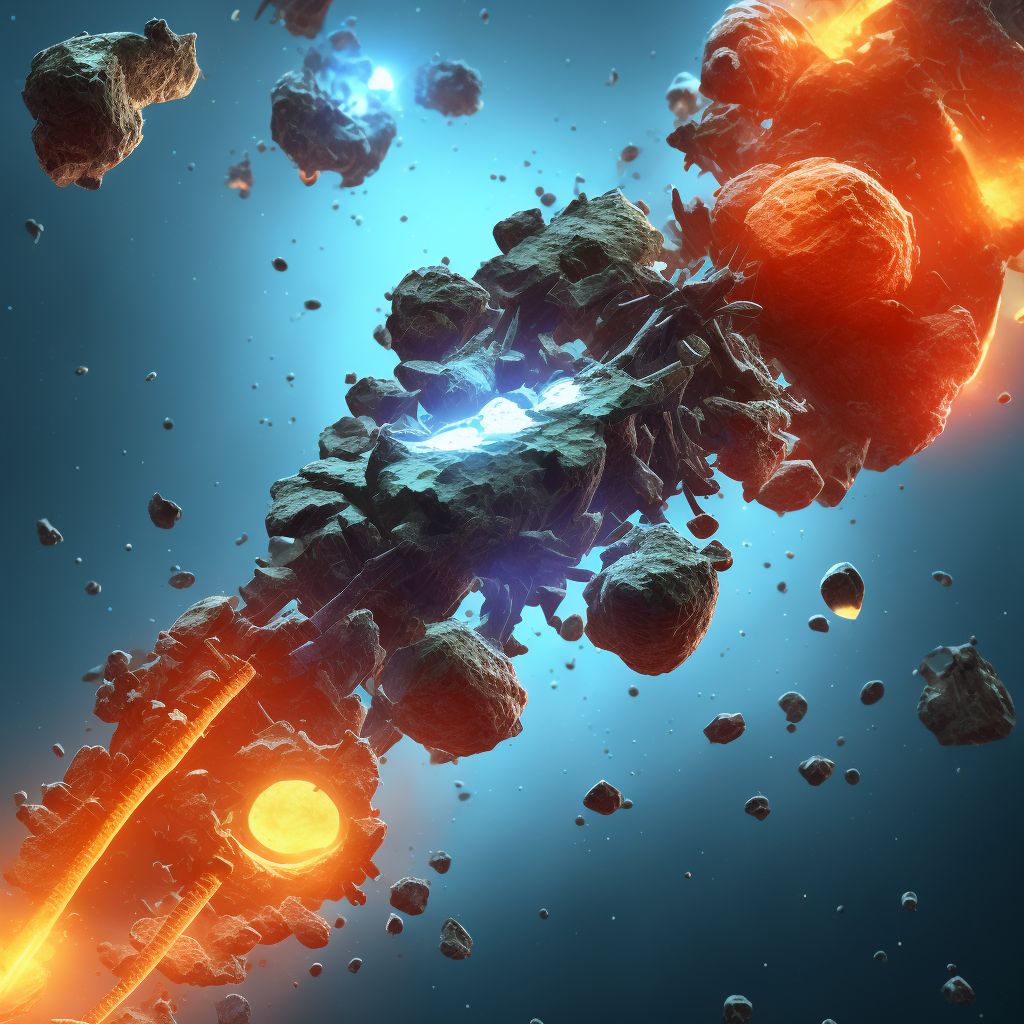
Nondisplaced transverse fracture of shaft of left tibia, subsequent encounter for closed fracture with malunion Save
ICD-10 code: S82.225P
Disease category: S82.225: Nondisplaced transverse fracture of shaft of left tibia
Nondisplaced Transverse Fracture of Shaft of Left Tibia: Understanding Closed Fracture with Malunion
When it comes to bone fractures, one type that can occur is a nondisplaced transverse fracture of the shaft of the left tibia. This specific fracture involves the horizontal breakage of the long bone in the lower leg, specifically the tibia. It is essential to understand the nature of this fracture and its subsequent encounter, including the malunion that may occur.
In a nondisplaced transverse fracture, the bone breaks horizontally, but the fragments remain in their original positions. This means that the bone has not moved out of alignment, reducing the risk of further complications. In the case of the left tibia, this fracture occurs in the shaft region, which is the long, cylindrical portion of the bone.
During a subsequent encounter, the focus lies on the closed fracture with malunion. In this context, "closed" refers to the fact that the fracture does not pierce the skin. Malunion, on the other hand, indicates that the fracture has healed in an abnormal position or alignment. This can lead to functional limitations and potential complications down the line.
To address a closed fracture with malunion, medical professionals may employ various treatment options. However, it is important to note that this article will not delve into the specific treatment methods. Instead, it aims to provide a general understanding of the nature of this fracture and subsequent encounter.
- Causes: Nondisplaced transverse fractures of the shaft of the left tibia can result from traumatic events, such as falls, sports injuries, or accidents.
- Symptoms: Common symptoms of this fracture include pain, swelling, bruising, and difficulty bearing weight on the affected leg.
- Diagnosis: Medical professionals diagnose this fracture through physical examinations, X-rays, and other imaging tests.
- Complications: If left untreated, a closed fracture with malunion can lead to problems with mobility, chronic pain, and an increased risk of future fractures.
It is crucial to seek medical attention if you suspect a nondisplaced transverse fracture of the shaft of your left tibia. A proper diagnosis and appropriate treatment can help ensure proper healing and minimize long-term complications.
Disclaimer: The information provided in this article is for educational purposes only and should not be considered as medical advice. Consult a healthcare professional for an accurate diagnosis and appropriate treatment options.
Treatment of Nondisplaced transverse fracture of shaft of left tibia, subsequent encounter for closed fracture with malunion:
Treatment Options for Nondisplaced Transverse Fracture of Shaft of Left Tibia, Subsequent Encounter for Closed Fracture with Malunion
When it comes to a nondisplaced transverse fracture of the shaft of the left tibia, subsequent encounters for closed fractures with malunion, several treatment options are available. The goal of these treatment options is to promote healing, relieve ...
To see full information about treatment please Sign up or Log in